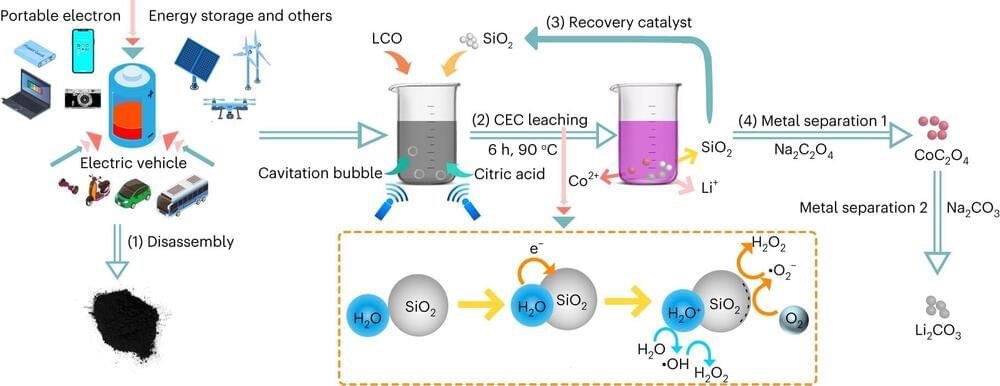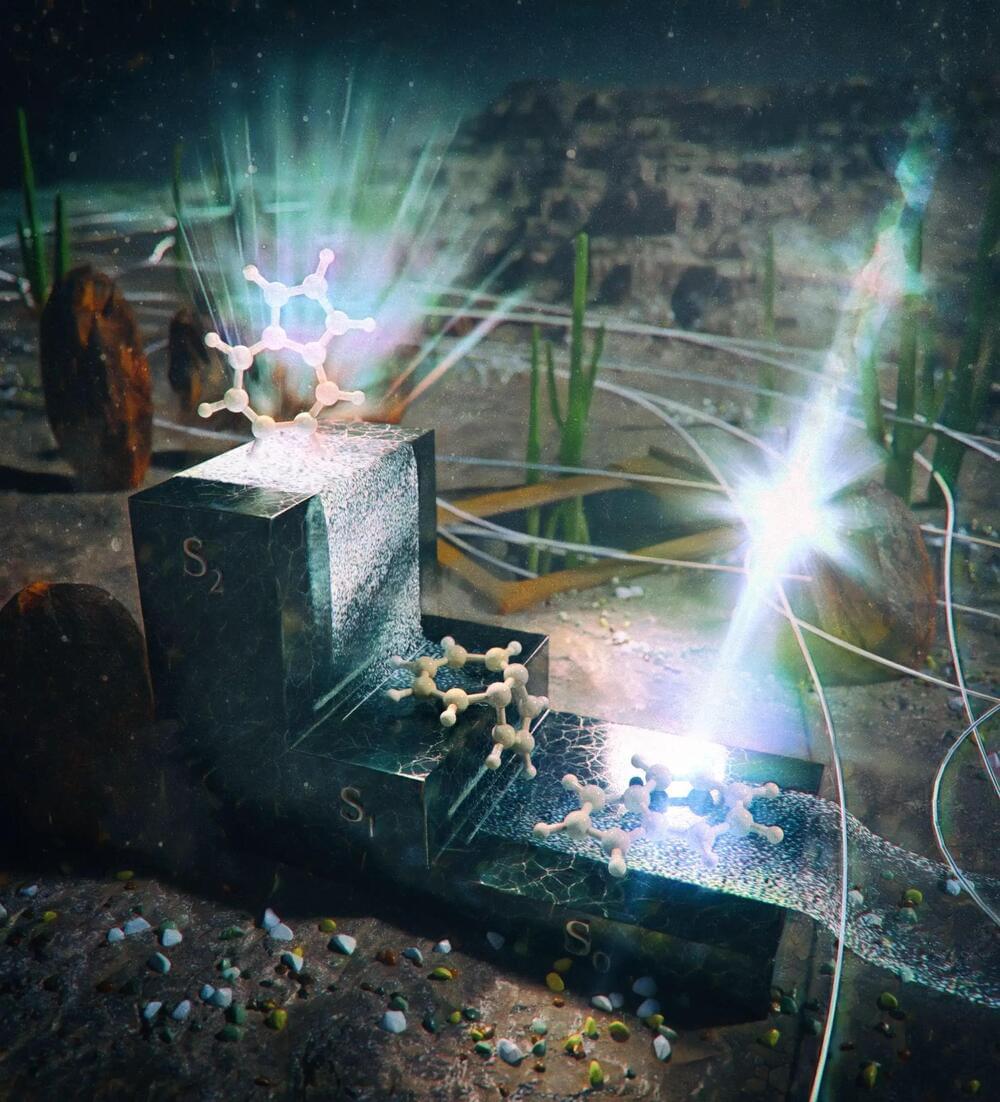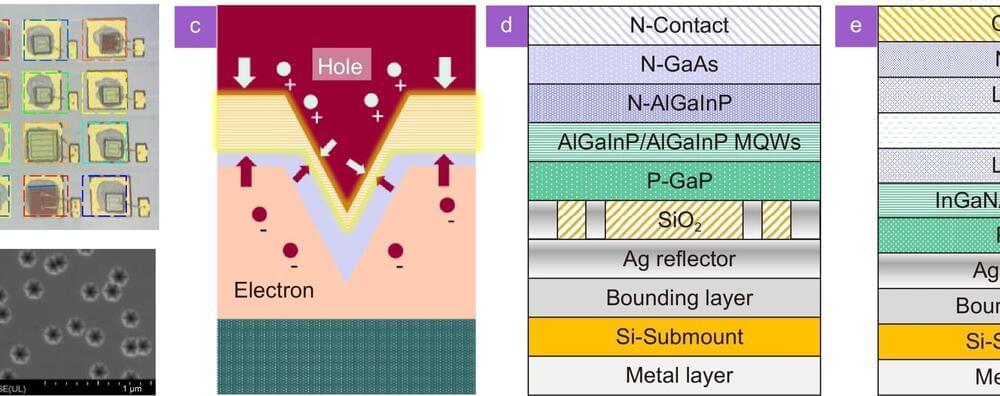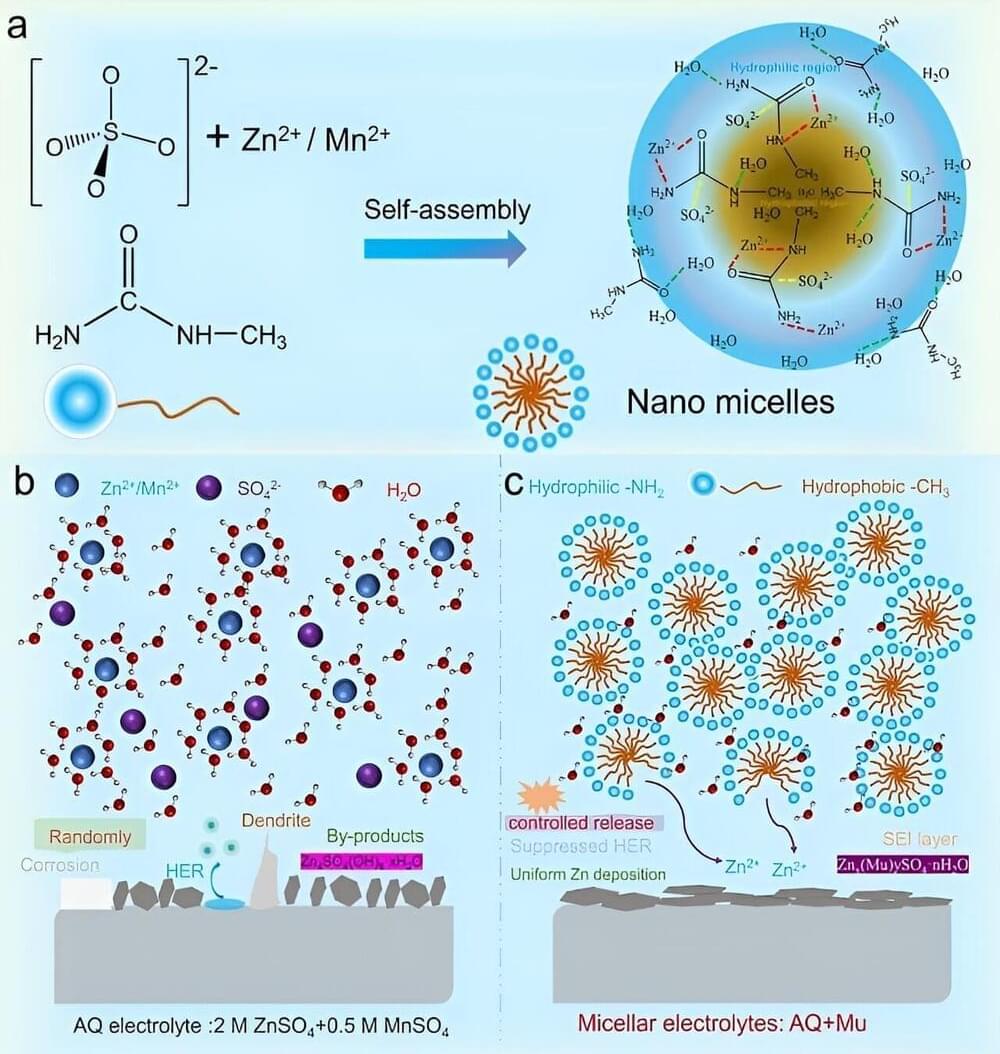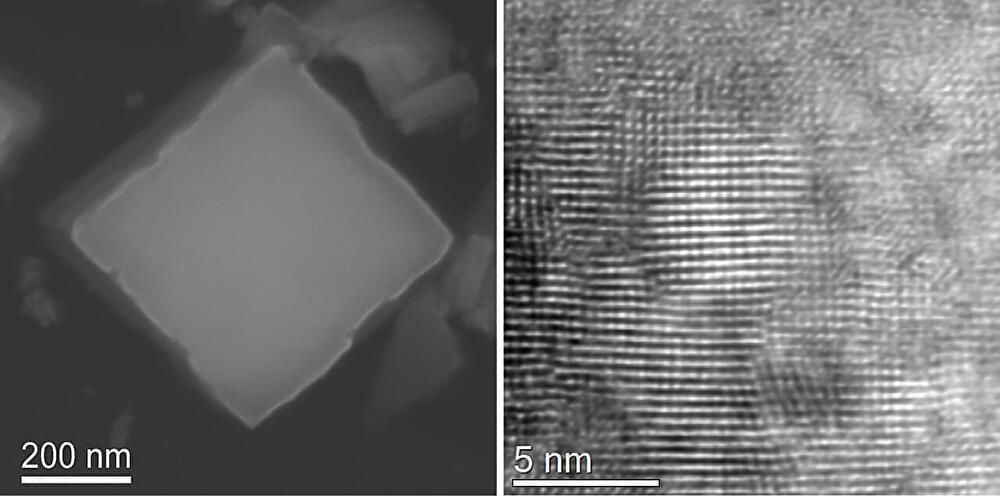Lithium-ion batteries could get a significant boost in energy density from disordered rock salt (DRX), a versatile battery material that can be made with almost any transition metal instead of nickel and cobalt.
DRX cathodes could provide batteries with higher energy density than conventional lithium-ion battery cathodes made of nickel and cobalt, two metals that are in critically short supply.
Formed last fall, the DRX Consortium – which includes a team of approximately 50 scientists from Berkeley Lab, SLAC National Accelerator Laboratory, Pacific Northwest National Laboratory, Argonne National Laboratory, Oak Ridge National Laboratory, and the University of California at Santa Barbara – was awarded $20 million from the Vehicle Technologies Office in DOE’s Office of Energy Efficiency and Renewable Energy. The funding – allocated in $5 million yearly increments through 2025 – will allow the consortium to develop DRX battery cathodes that could perform just as well if not better than the NMC (nickel-manganese-cobalt) cathodes used in today’s lithium-ion batteries.

